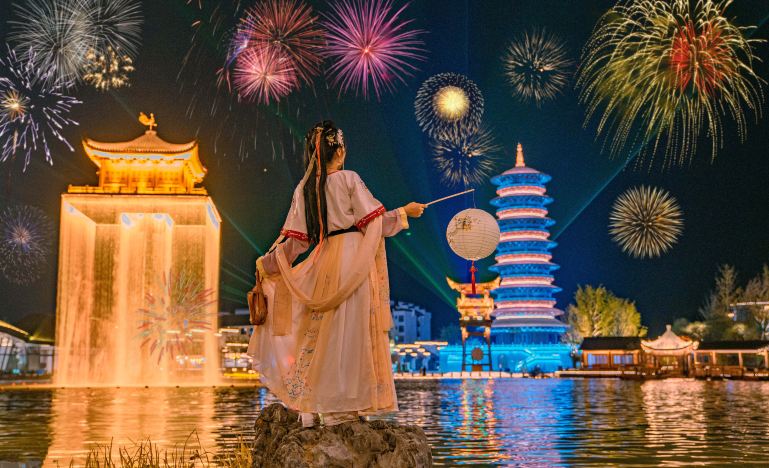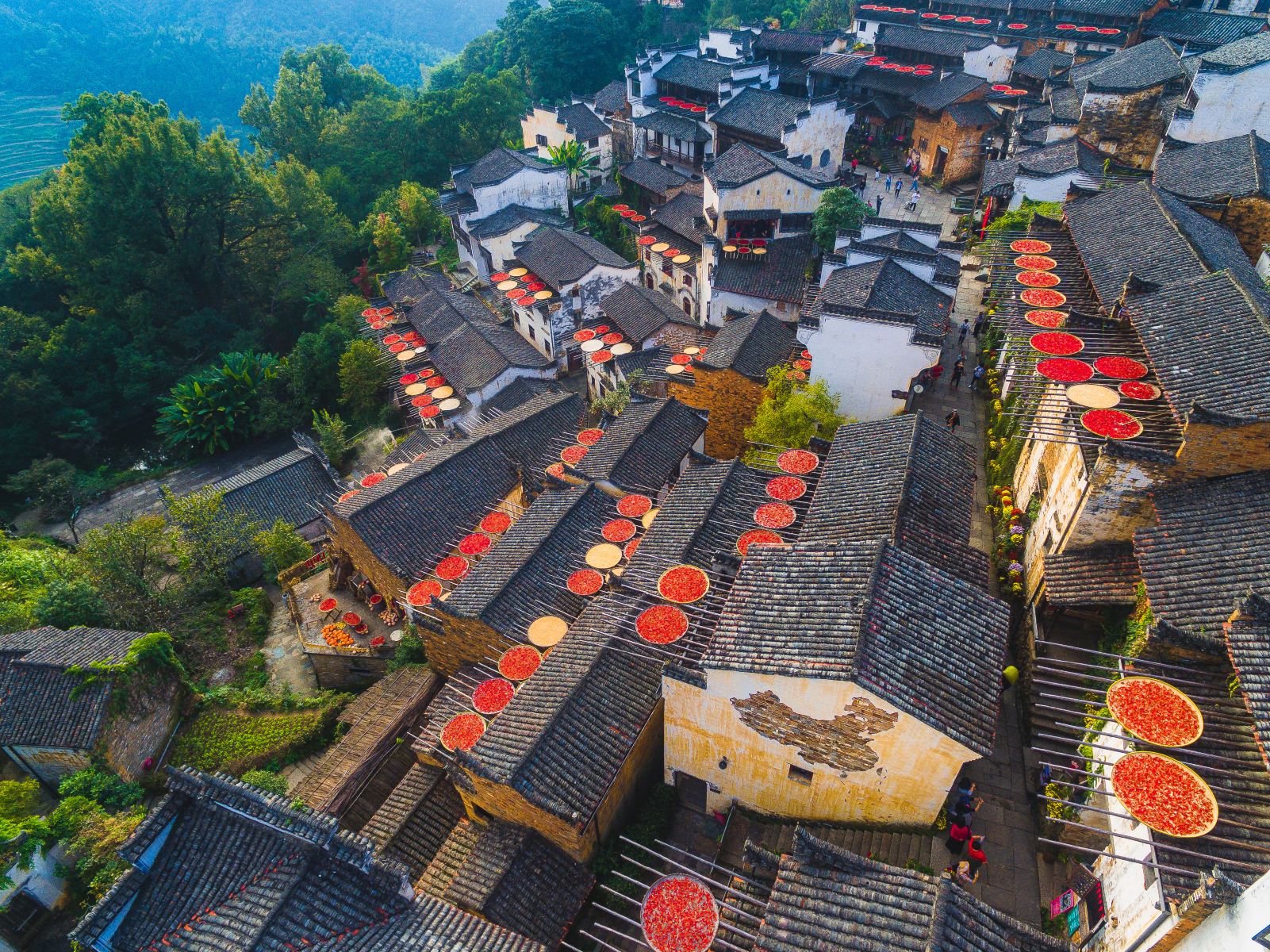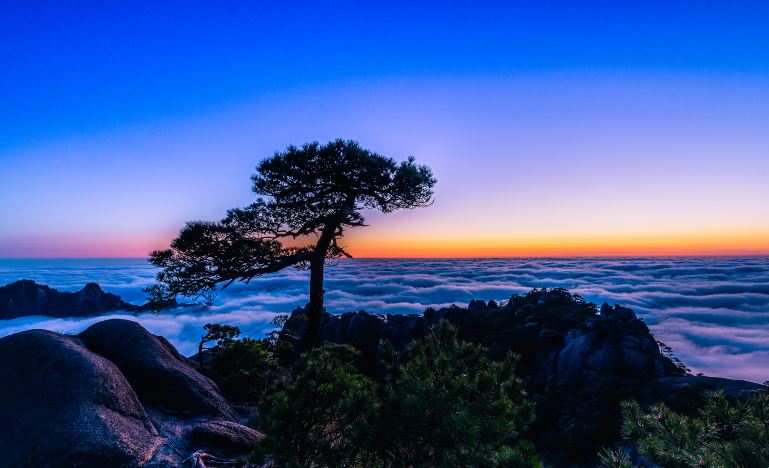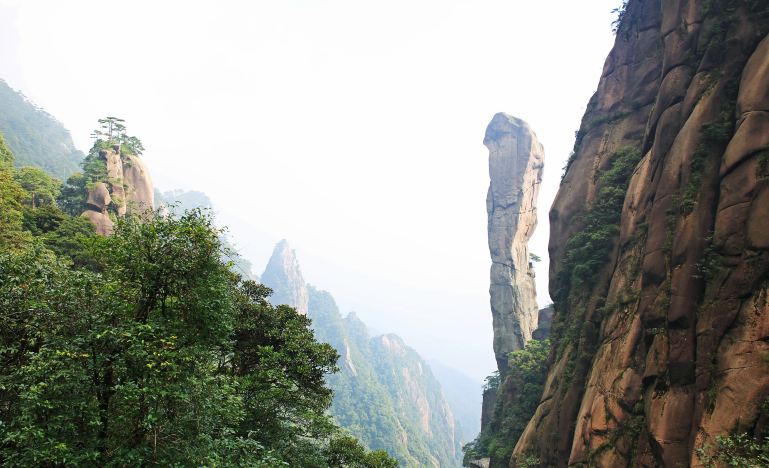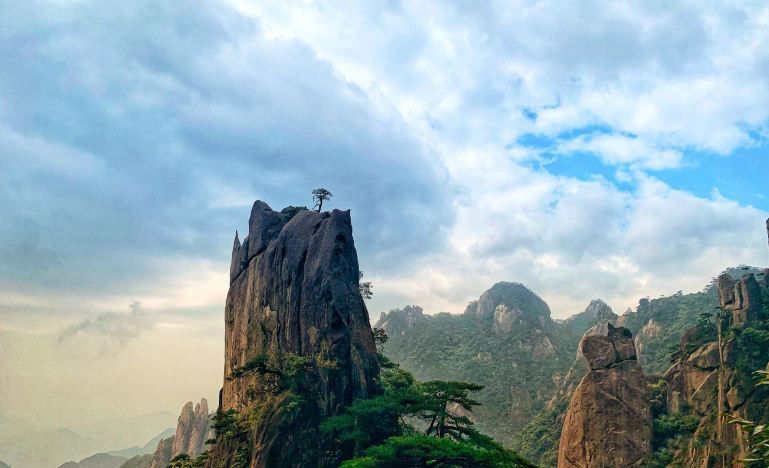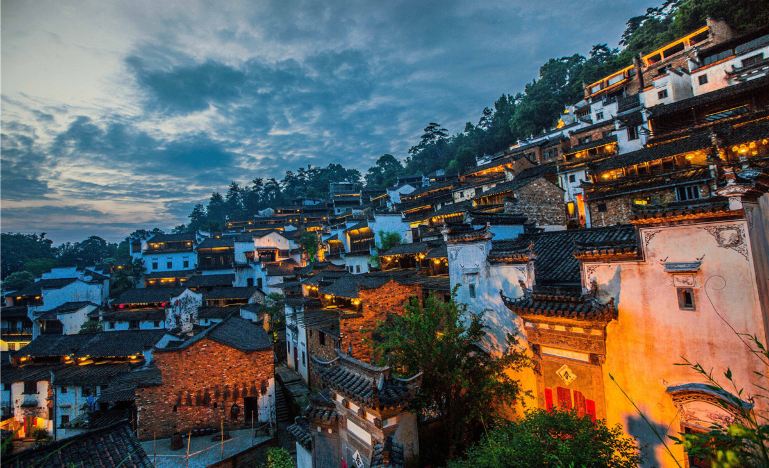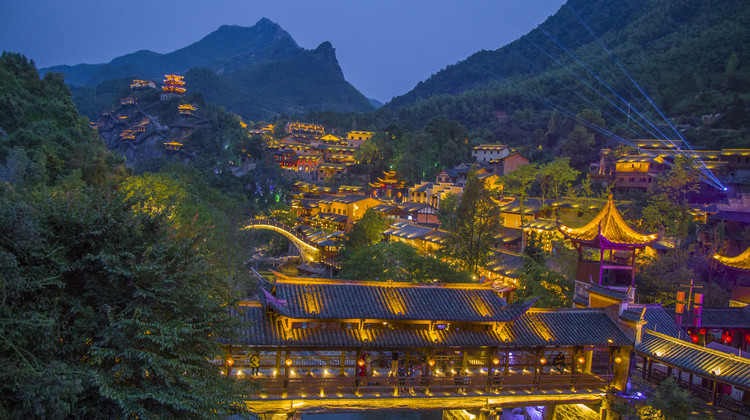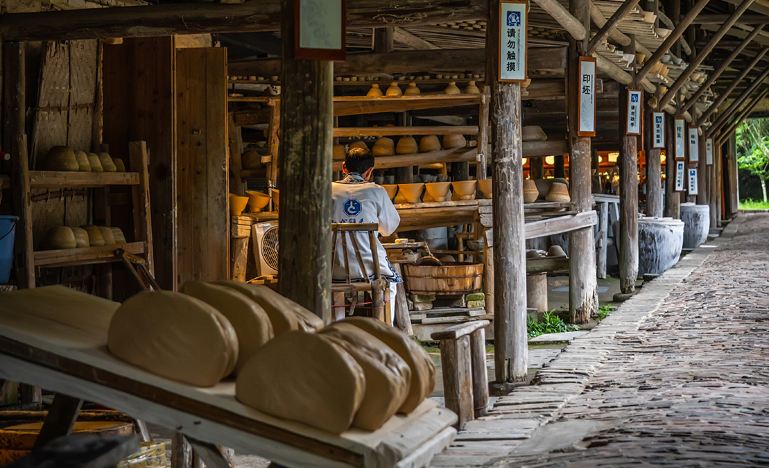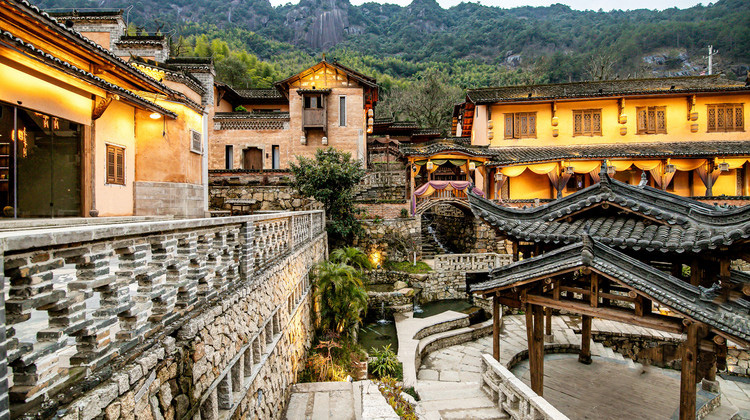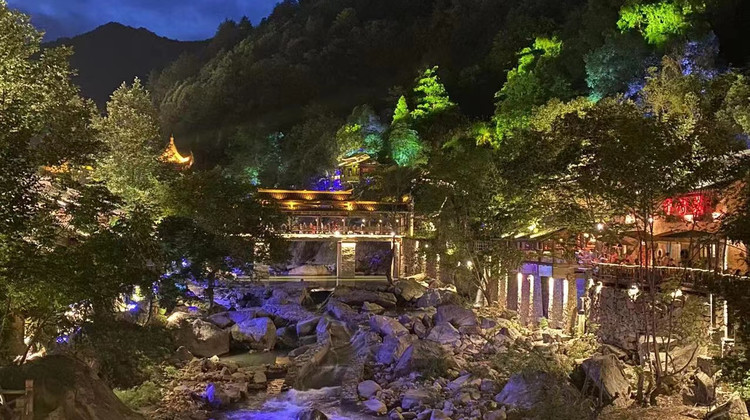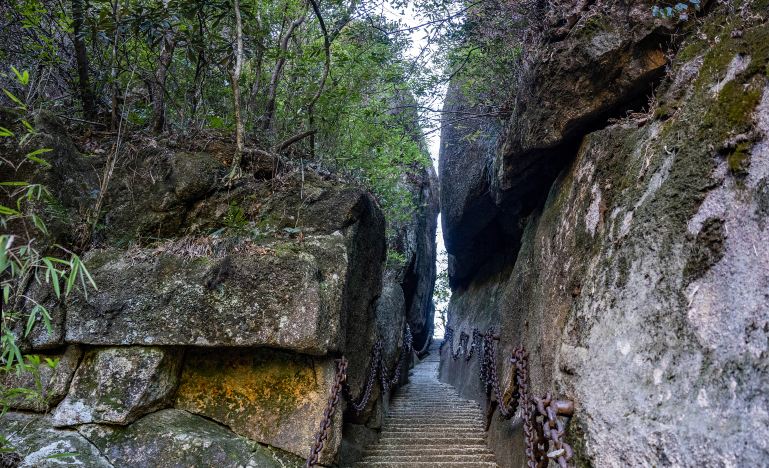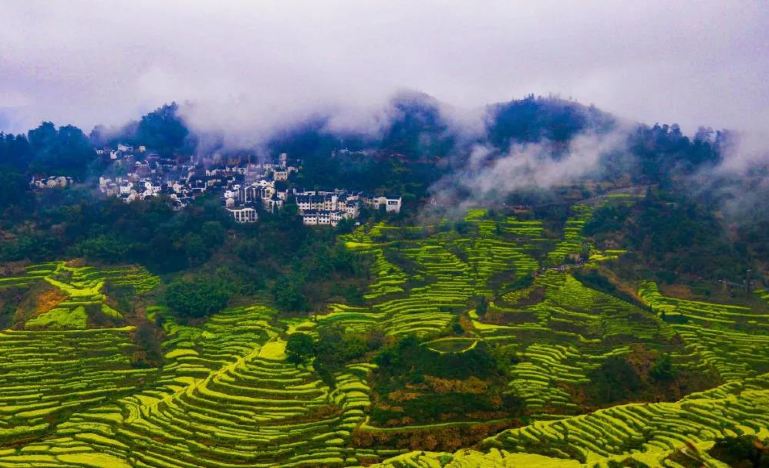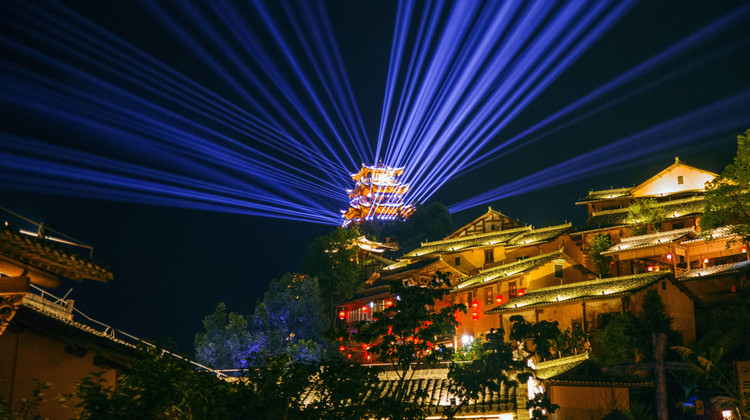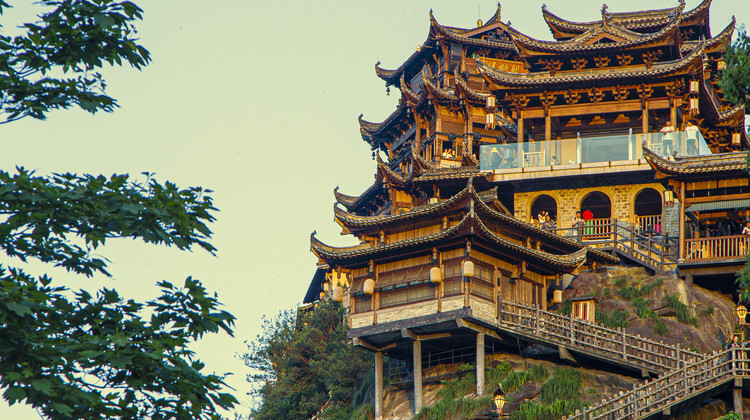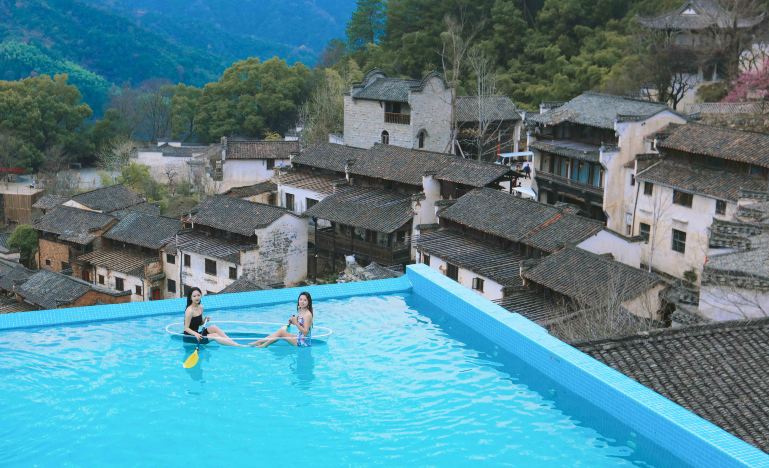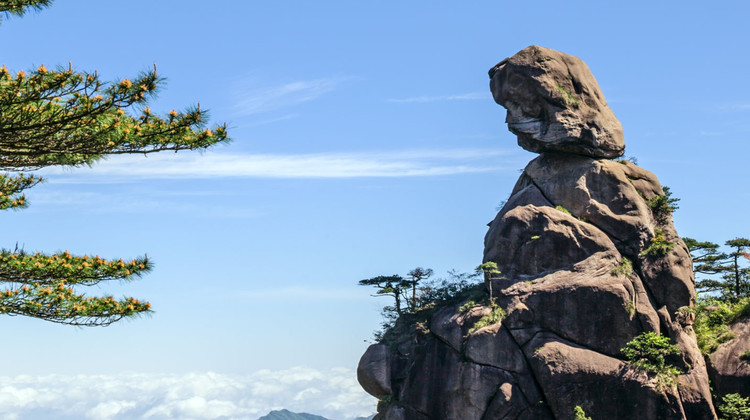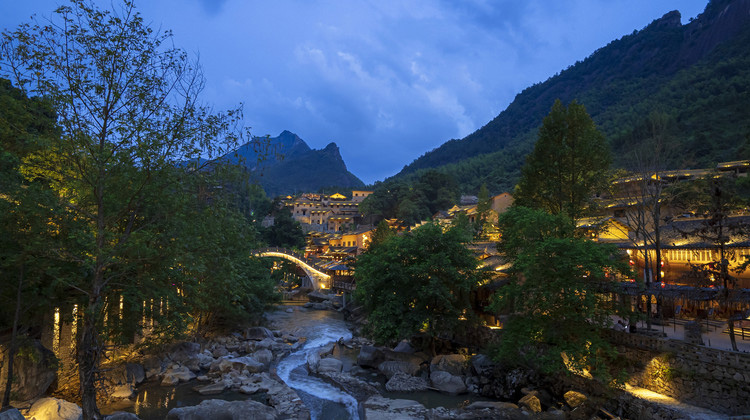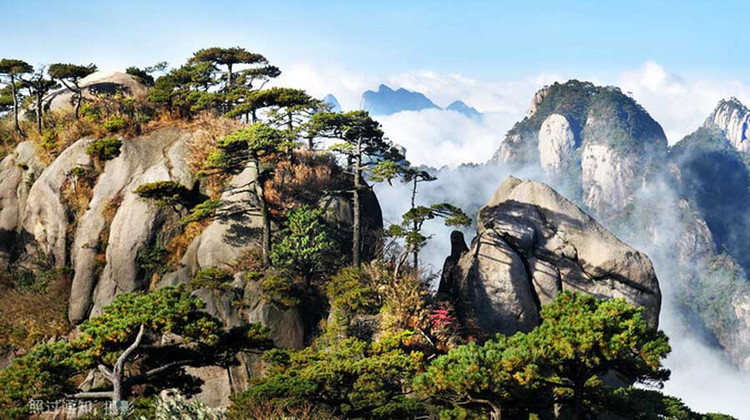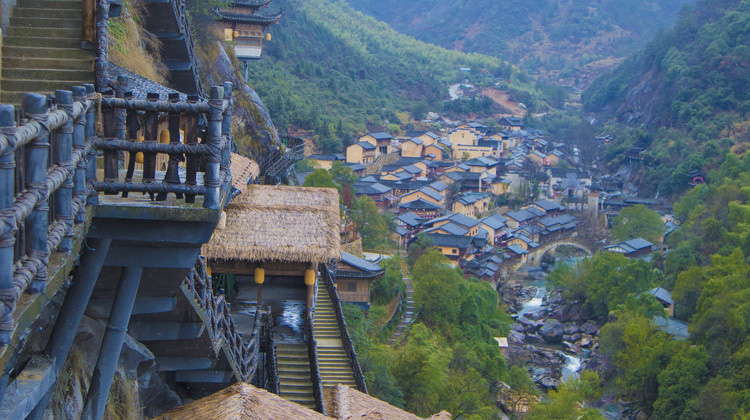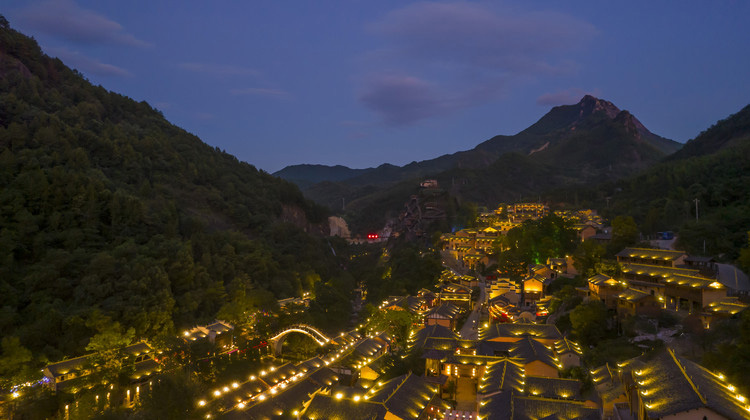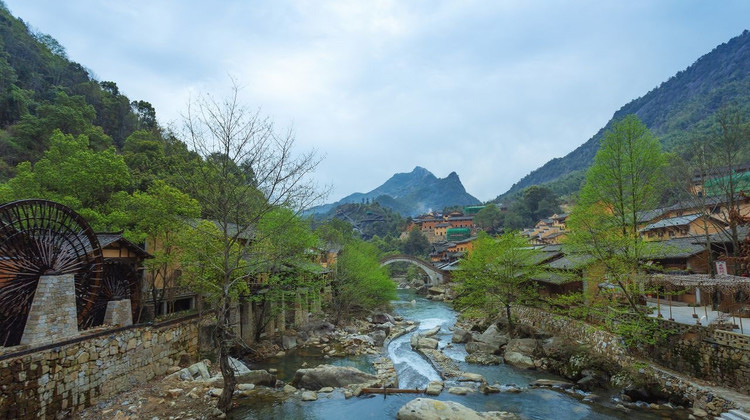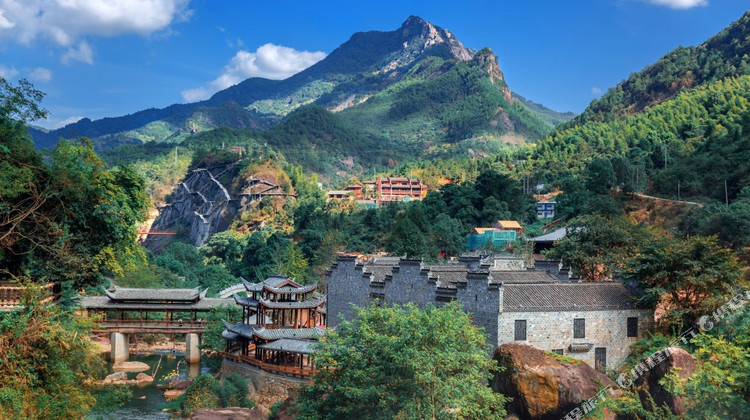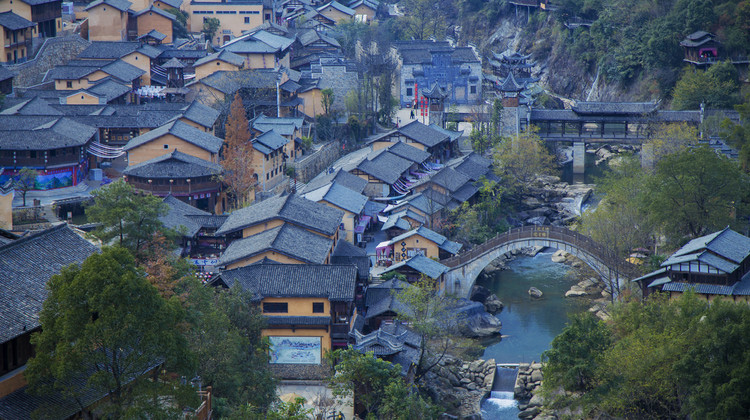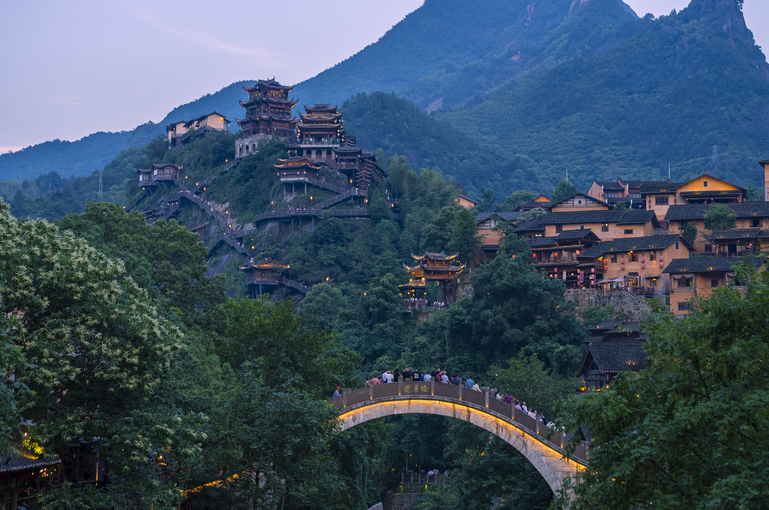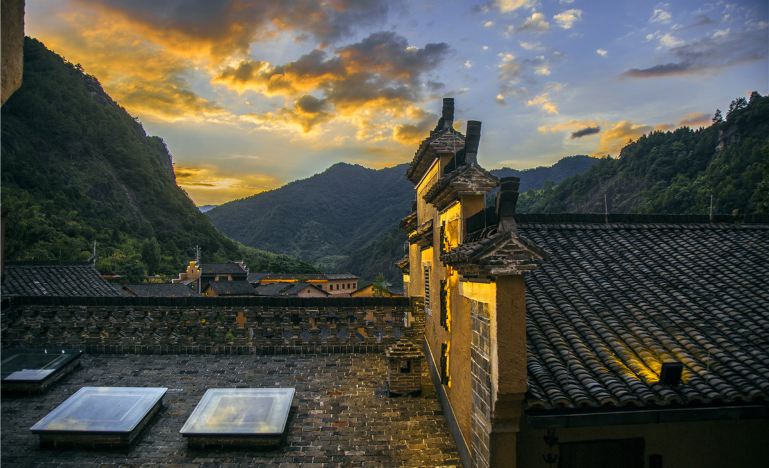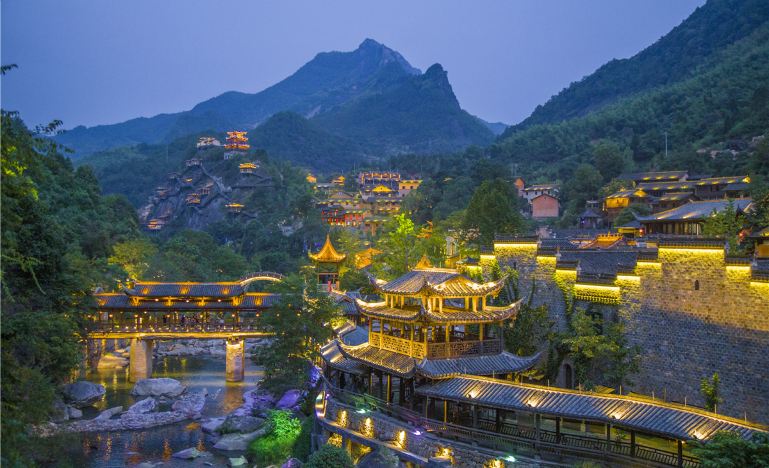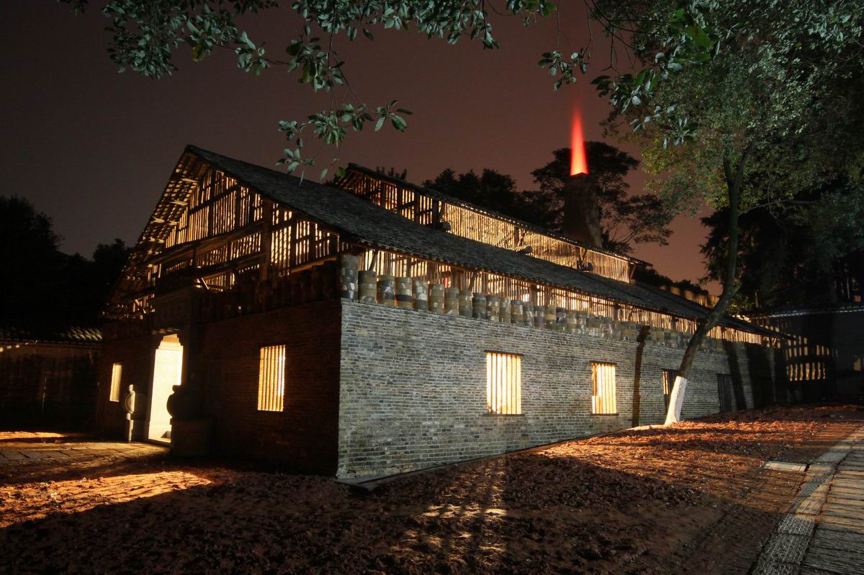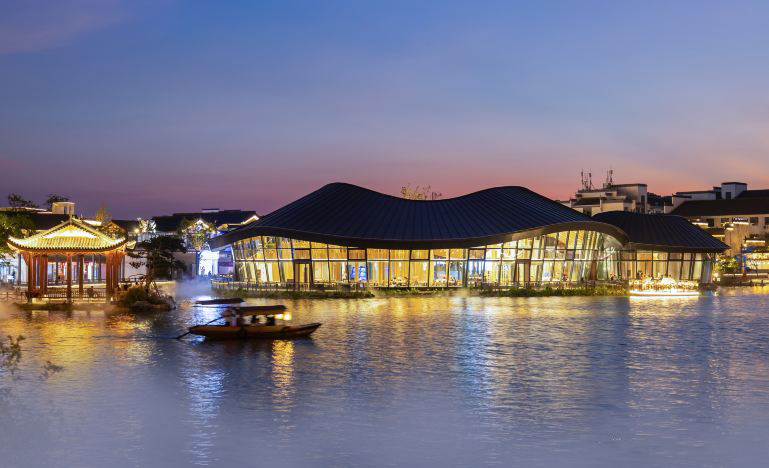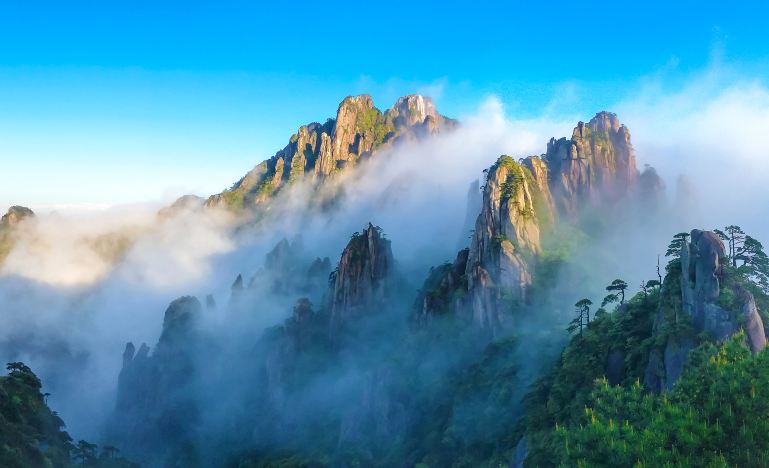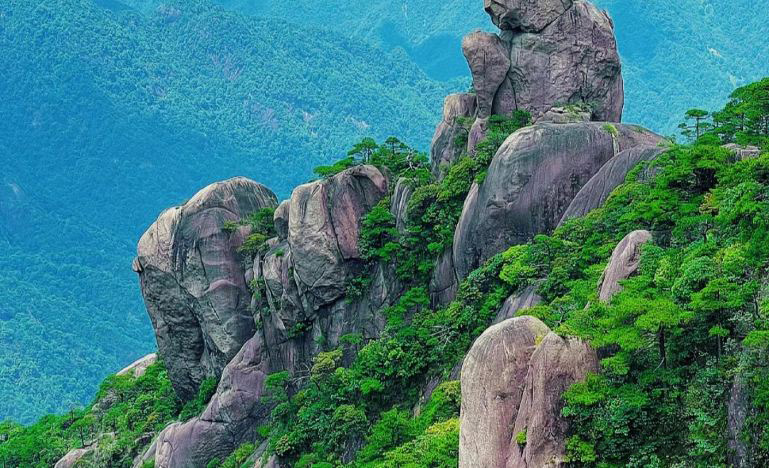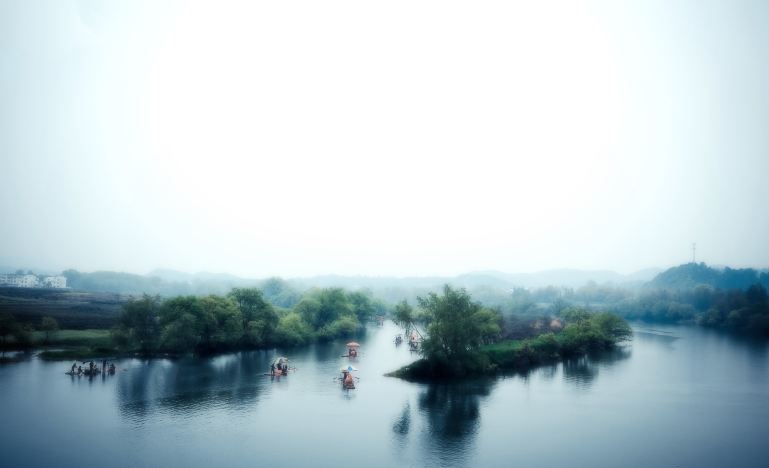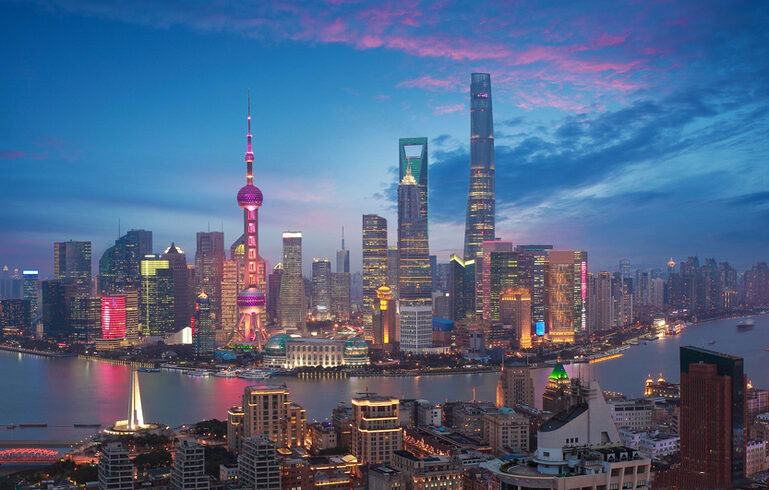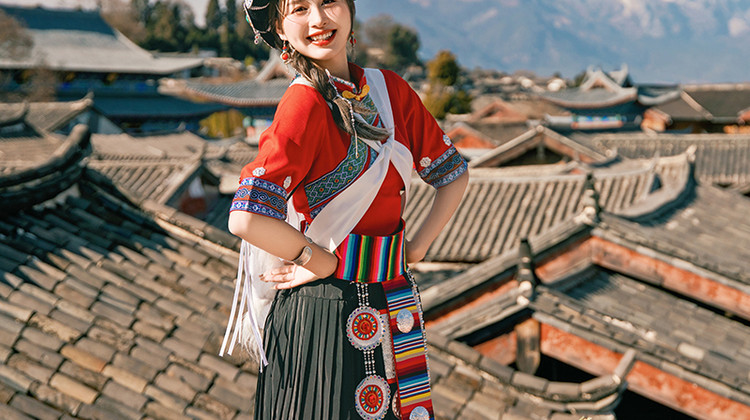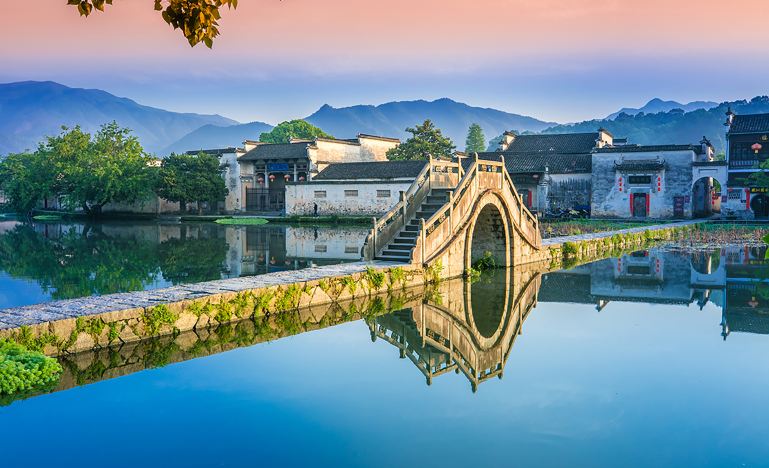Jiangxi Wangxian Valley + Wuyuan Huangling + Jingdezhen + Sanqingshan 5-Day 4-Night Trip
★ [Popular Essence Journey] The Porcelain Capital, Jingdezhen, with a visit to the ancient kilns to explore the kiln sites from the Five Dynasties, and the popular architectural photos of the Imperial Kilns; enjoy the two major internet-famous night views of Wuniuzhou and Wangxian Valley!
★ [Classic Huizhou Landscape] With a guide accompanying the mountain climb at Sanqingshan, start worry-free; take a leisurely tour of Huangling Ancient Village, with terraced fields + autumn drying + ancient villages, immerse yourself in the ancient Huizhou tour!
Note:
- There are many climbing activities throughout the journey, please wear comfortable shoes and clothes
Itinerary
Wangxian Valley is located in Wangxian Township, Guangxin District, Shangrao City, Jiangxi Province, within the Ling Mountain range, on the northeast side of Ling Mountain, 50 kilometers away from the urban area of Shangrao. The scenic area is planned to cover an area of about 61 square kilometers, consisting of five major sections: Jiuniu, Yanpu, Nanshan, Yuanshanding, and Fangcun. It is a comprehensive tourist destination integrating sightseeing, entertainment, leisure, vacation, exploration, and fitness.
Wangxian Valley dates back to the Eastern Han Dynasty and began in the Three Kingdoms period, covering an area of 93 square kilometers. The valley is rich in resources such as mountains, water, valleys, villages, temples, forests, and farmland. It features many attractions, including canyon drifting, plank road exploration, Yanpu folk customs, Tianxin Zen Temple, Nanshan Taoyuan, San Die Shu (Triple Waterfalls), and the Hu Clan Ancestral Hall.
On May 30, 2019, Wangxian Valley Town was designated as a 4A-level scenic spot in China.
Wuyuan (simplified Chinese: 婺源县; traditional Chinese: 婺源縣; pinyin: Wùyuán Xiàn) is a county in northeastern Jiangxi province, People’s Republic of China, bordering the provinces of Zhejiang to the east and Anhui to the north. It is under the jurisdiction of the prefecture-level city of Shangrao.
Wuyuan, on the boundary of three provinces in Jiangxi’s northeastern corner, has a landscape dotted with strange caves, deep secluded rocks and numerous historic sites. Wuyuan County is home to some of the best-preserved ancient architecture in China.Wuyuan’s structures were built in 740 during the Tang Dynasty, its remoteness and inconvenient transportation protecting its villages from too many visitors.
It was a county in Huizhou, Anhui province until 1989.
Jingdezhen is a prefecture-level city, in northeastern Jiangxi province, with a total population of 1,669,057 (2018), bordering Anhui to the north. It is known as the “Porcelain Capital” because it has been producing Chinese ceramics for at least 1,000 years, and for much of that period Jingdezhen porcelain was the most important and finest quality in China. The city has a well-documented history that stretches back over 2,000 years.
Throughout both the Spring and Autumn period and the Warring States period, the area of present-day Jingdezhen belonged to the Chu State. After the fall of the Chu, the area was incorporated into the Qin dynasty as part of Fan County (番县) in Jiujiang Commandery . Under the Han dynasty, the area belonged to Poyang County (鄱阳县) in Yuzhang Commandery . Under the Han dynasty, the particular area of future Jingdezhen was known as Xinping (新平). Historical records show that it was during this time that it began to make porcelain.
Due to the relatively low cost of living and the heritage of the porcelain industry, Jingdezhen has become a haven for young artists from all over China, who are often referred to known as Jingpiao (景漂).
Mount Sanqing (Chinese: 三清山; pinyin: Sānqīng Shān) is a renowned Taoist sacred mountain located 40 kilometres (25 mi) north of Yushan County in Jiangxi Province. Sanqing means the “Three Pure Ones” in Chinese as Mount Sanqing is made up of three main summits: Yujing, Yushui, and Yuhua, representing the Taoist trinity.
A Chinese phrase “三峰峻拔、如三清列坐其巅” (“Three steep peaks, like the Three Pure Ones sit the summits”) explains why it was named San Qing. Amongst the three hills, the Yujing hill (1817 meters above sea level) is the highest.
Mount Sanqing is the highest of the Huaiyu Mountains and is known for its outstanding scenery and unique geological formations. The area became a National Geopark in 2005, and a UNESCO World Heritage Site in 2008. It is a famous tourist destination as well as a refuge for animals and plants. The national park contains more than 2300 species of plants and 400 species of vertebrates. The total area of Mount Sanqing is 229 km².
Shangrao boasts a variety of delicious foods. If your return trip is late, you can taste the following Shangrao delicacies according to the list:
1. Shangrao Fried Rice Noodles: This is a specialty of the Shangrao area, mainly made of Shangrao rice noodles, known for its chewy texture and rich ingredients.
2. Yugan Fried Chili Peppers: As one of the “Top Ten Gan Dishes,” this dish is loved for its characteristic of “spicy in the mouth but not in the heart.”
3. Wuyuan Tofu Pudding: A special dish that combines the delicacy of Huizhou cuisine, with tofu combined with various ingredients, offering a unique flavor.
4. Taro Beef: Shangrao people like to eat taro, which is stir-fried with beef, spicy and delicious, a typical Gan-style flavor.
5. Qianshan Hot Noodles: As famous as Nanchang Mixed Noodles, the noodles are delicate, with a rich soup and various ingredients, representing the noodle culture of Shangrao.
6. Lard Mixed Noodles: Simple seasonings and a simple taste, with the aroma of lard overflowing, a favorite breakfast choice for locals.
7. Dengzhan Guo: With a cute appearance, the skin is made of rice mixed with wormwood juice, containing rich fillings, and has a unique flavor.
8. Qingming Guo: With a spring flavor, the skin is made of wormwood leaves and glutinous rice flour, with both salty and sweet flavors, a traditional food during the Qingming Festival.
9. Shangrao Chicken Legs: Crispy outside and tender inside, seasoned with secret chili oil to enhance the fragrance, a very famous snack in Shangrao.
10. Fried Dough Sticks Wrapped with Ma籽Fruit: Fried dough sticks wrapped with glutinous rice balls, crispy outside and soft inside, sweet with a touch of salt, a traditional breakfast for locals.
FAQs
A: Yes, there are many places in Jingdezhen where you can find porcelain souvenirs at different price points. Bargaining is common in some markets.
A: Comfortable walking shoes are essential as there is some hiking involved. Also, bring appropriate clothing for the weather as it can be cooler at higher altitudes. Don’t forget sunscreen and a hat if it’s sunny.
A:For 144hour-free-visa, you can refer this post 144-hour-Visa-Free Transit policies for Foreign Nationals – A Complete Guide in 2024 – ChinaTravelTips (china-travel-tips.com)

